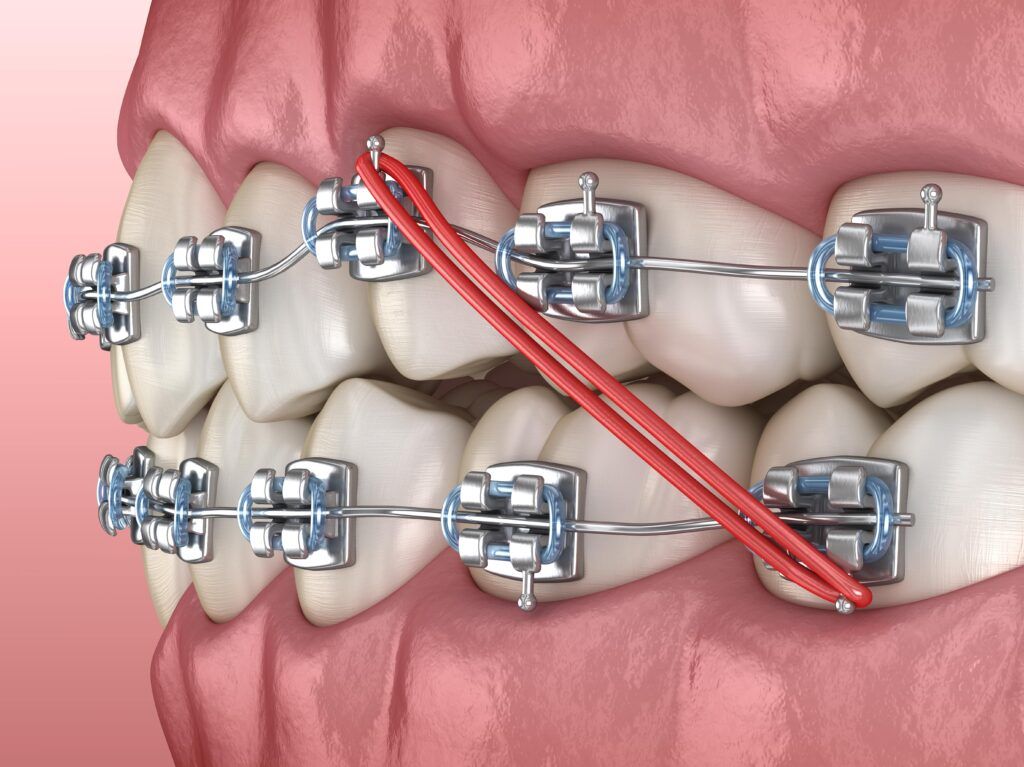The Benefits of Selecting a Cumming Orthodontist for Your Braces and Aligners
Comprehensive Guide to Orthodontics Procedures for Remedying Oral Misalignments
Understanding the details of each treatment, including their mechanisms, benefits, and prospective disadvantages, is critical in making notified choices regarding one's orthodontic therapy. As we browse through the thorough guide to orthodontic procedures for fixing oral imbalances, the detailed details of each method will unravel, shedding light on the course towards a harmonious and functional dental alignment.
Orthodontic Procedures Overview

In enhancement to standard braces and clear aligners, orthodontists may also advise other interventions like headwear, palatal expanders, or retainers to attend to particular alignment problems (cumming invisalign). These procedures are customized to every patient's special needs and might involve a mix of treatments to attain the preferred outcomes. Regular changes and monitoring are essential parts of orthodontic treatment to make certain development gets on track and to make any necessary adjustments in the process. By going through orthodontic procedures, individuals can not just attain a straighter grin however also enhance their total oral health and wellness and function.
Conventional Dental Braces: Just How They Function
When taking into consideration orthodontic treatments for oral imbalances, conventional braces attract attention as a time-tested approach for fixing teeth positioning. Typical dental braces contain brackets, cables, and bands that function with each other to use constant pressure on the teeth, slowly moving them right into the preferred alignment. The brackets are connected to the teeth using an unique adhesive, and the wires are threaded with the brackets. By adjusting the stress of the cords, orthodontists can control the direction and force put on each tooth, assisting them right into proper positioning with time.
As pressure is applied to the teeth through the dental braces, the bone bordering the teeth is reshaped to support the brand-new tooth placements. Clients will need routine adjustments at the orthodontist's office to make sure the braces proceed to use the right stress for reliable teeth movement.
Unseen Aligners: Cons and pros
Unseen aligners supply a discreet and practical option to traditional dental braces for dealing with oral misalignments. These clear, custom-made trays are basically undetectable when put on, making them an attractive alternative for people looking for an extra aesthetically pleasing orthodontic therapy. One of the key benefits of unseen aligners is their removability, enabling simpler maintenance of dental hygiene contrasted to standard braces. Patients can remove the aligners prior to consuming or cleaning their teeth, decreasing the risk of food getting stuck in the appliance and simplifying the cleansing process.

Surgical Orthodontic Options
Surgical treatments in orthodontics existing feasible choices for resolving complicated oral misalignments that might not be successfully solved through standard orthodontic therapies. While invisible aligners and traditional braces can correct many orthodontic concerns, particular cases call for surgical treatment to achieve optimum outcomes. Surgical orthodontic alternatives are generally advised for severe malocclusions, considerable jaw inconsistencies, and situations where the underlying bone structure needs adjustment to achieve appropriate placement.
One usual surgical orthodontic treatment is orthognathic surgical procedure, which involves repositioning the jaws to search for dentist near me fix useful problems such as trouble talking or chewing. This surgical treatment is typically performed in cooperation with an orthodontist that assists straighten the teeth prior to and after the treatment. Surgical orthodontics might additionally entail treatments to subject impacted teeth, eliminate excess periodontal cells, or reshape the jawbone to develop an extra harmonious face account.
Prior to considering surgical orthodontic alternatives, individuals undergo an extensive assessment to determine the necessity and prospective benefits of such interventions. aligners. While surgical treatment might appear daunting, it can considerably boost both the feature and looks of the smile in click here to read situations where standard orthodontic treatments fail
Retainers and Post-Treatment Treatment

Post-treatment treatment entails following the orthodontist's directions faithfully. This might consist of proper oral health techniques, going to follow-up appointments, and using the retainers as recommended. Failing to follow post-treatment care instructions can cause relapse, where the teeth progressively move back towards their original placements. Consistent retainer wear, excellent oral hygiene, and regular oral check-ups are crucial for keeping the outcomes accomplished through orthodontic surgery and guaranteeing the lasting security of the fixed dental alignment.
Verdict
In conclusion, orthodontic procedures provide different options for fixing dental imbalances. Surgical orthodontic options are offered for much more extreme misalignments. In general, orthodontic treatments can effectively enhance dental wellness and visual look.
As we navigate through the thorough guide to orthodontic procedures for correcting oral misalignments, the elaborate details of each technique will unravel, shedding light on the path towards a harmonious and practical oral positioning. a dentist office near me - cumming invisalign
One of the most typical orthodontic treatments is the usage of braces, which consist of metal brackets and wires that apply gentle pressure to progressively change teeth right into the desired setting.When thinking about orthodontic treatments for oral misalignments, typical braces stand out as a time-tested technique for correcting teeth placing. Additionally, undetectable aligners may not be ideal for complex orthodontic issues that call for even more considerable teeth motion, as they are commonly recommended for moderate to moderate instances. Retainers are custom-made orthodontic devices created to hold teeth in their corrected placements after the completion of orthodontic therapy.